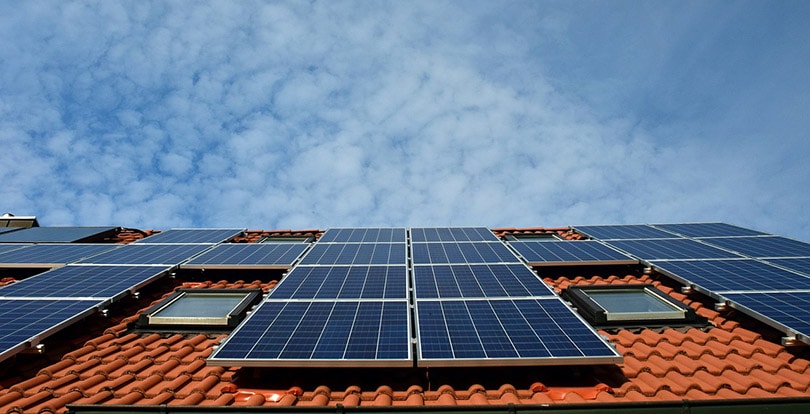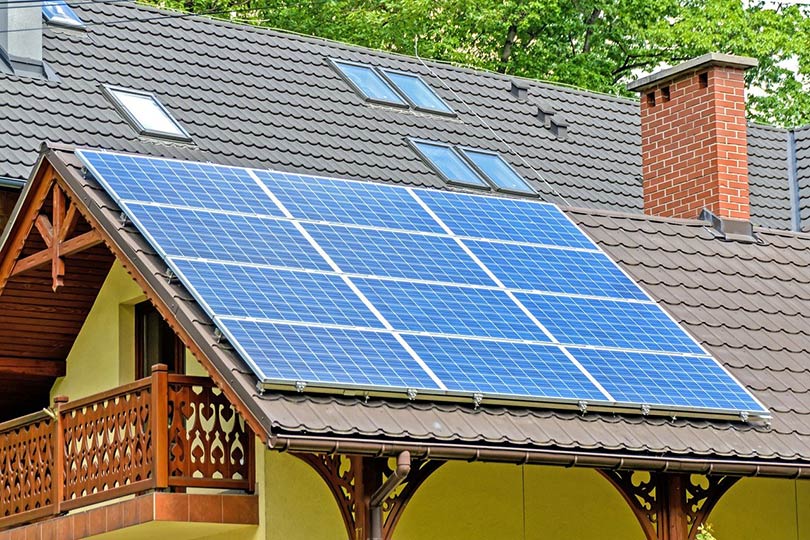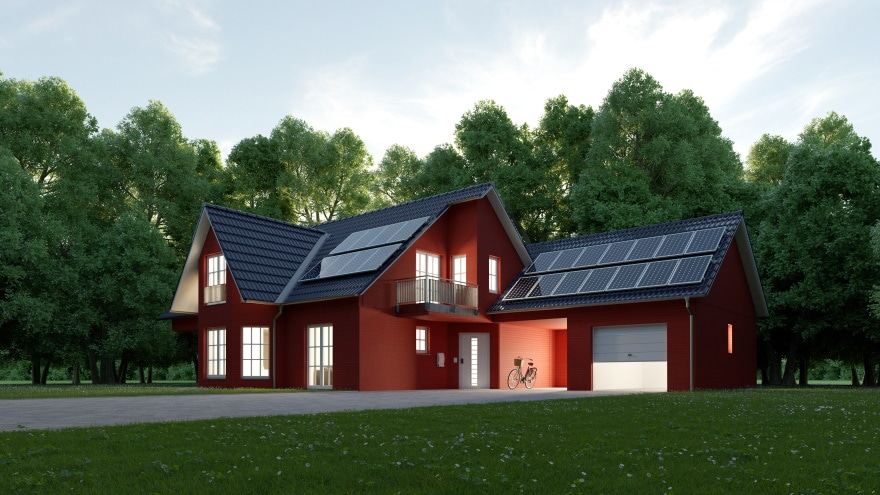What Direction Should Solar Panels Face? What You Need To Know!
-
Pete Ortiz
- Last updated:

There are many factors that determine the efficiency and productivity of a solar panel, but one that you can directly influence and that can have a major difference is the direction that the solar panels face when they are installed. The ideal direction does depend on where in the world you are. Those in the Southern Hemisphere should face their panels to the North while those in the Northern Hemisphere, including people in the US and the UK, should face panels to the South. This ensures that they get the most daylight hours especially during peak daylight times.
However, not all properties have the benefit of a south facing roof. Properties with south-west or south-east facing panels are still highly efficient, while an east or west facing roof will lose as much as 15% of the potential power generated. Estimates suggest that north-facing solar panels will lose between 25% and 50% of the potential production, but if that is your only choice, you can have them installed at a shallower pitch than the roof itself and take other actions to help improve efficiency so that the installation still works for you.
South Facing Panels
The aim when installing solar panels is to ensure that they are subject to as much direct sunlight as possible. Generally, this is taken over the course of a year. In the same way that south facing gardens are considered beneficial because they are exposed to more sunlight, solar panels want the same kind of exposure. They work best on south facing roofs.
South facing panels face the sun all day long, which gives them the best opportunity to gather sunlight and convert it into electricity. A few degrees in either direction won’t have much influence on the amount of sun that the panels receive, so a roof doesn’t have to face precisely south but the closer the better.

Roof Placements
Roof-mounted panels offer a number of benefits, not only to solar generation but also to homeowner practicality. Installing them at floor level basically renders that area unusable. What’s more, you will need to avoid structures and tall trees that might obstruct the sun and cause shadows. When a solar panel is on the roof there is less chance that tall trees will obstruct the sun. There is also less potential for damage caused by falling debris or even collisions.
Do Solar Panels Work Facing North?
Solar panels are at their most efficient when facing south, but that doesn’t mean that they won’t work at all if facing north. Indeed, it is still possible to enjoy around 70% efficiency, so if a south facing panel placement would garner 1.5kWh per day, one could still generate 1kWh per day with a north facing panel.
What Is The Best Angle For Solar Panels?
The tilt angle of solar panels is also important. Ideally, it should be tilted so that the sun directly hits the panel during its peak, but this changes throughout the year. In the winter, the sun is low to the horizon and in summer, it is high in the sky. As such, a 60° angle will perform better in the winter while a 20° tilt will provide optimal generation in the summer months. 45° is considered ideal for spring.

Do Solar Panels Need Direct Sunlight?
Again, it’s a question of efficiency. Solar panels do not need direct sunlight to generate electricity, but they are at their most efficient when they do receive direct light. Electricity is still produced on cloudy days and during winter, although it can never be produced at night when there is no sunlight whatsoever.
Conclusion
Solar panels are an effective and potentially efficient alternative to fossil fuel energy from the grid. They can be installed on the ground, although they tend to offer the best results when installed on a home roof, and while they will work when facing in any direction, south-facing solar panels are the most efficient.
Tilt also matters and, assuming you are unable to change the angle of tilt according to what season it is, most solar panels are installed as close to an angle of 37° as possible because this yields the best results over the course of a full year. This can match the typical pitch angle of a roof, but if your roof is a slightly different angle, an installer should be able to give or lose a few degrees by using certain installation techniques.
See also:
Featured Image Credit: ulleo, Pixabay
Contents


